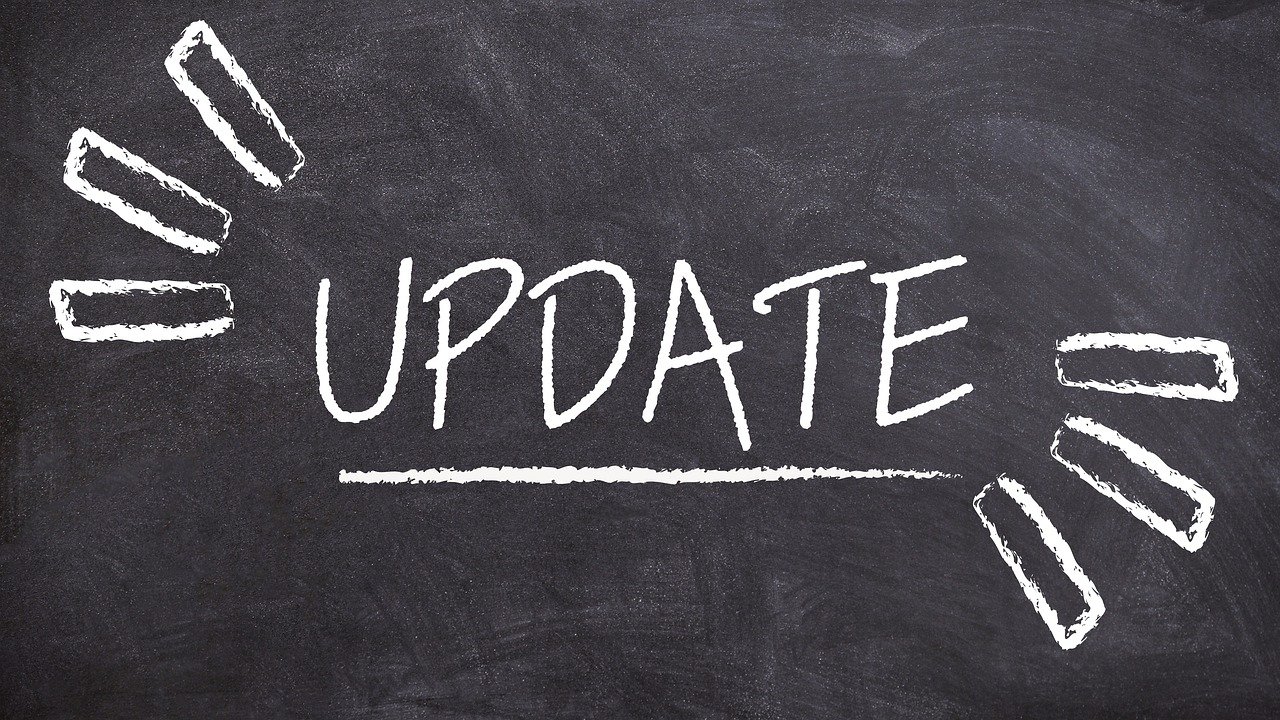On a typical day, Ali Mullen races from her job at the county health department in Helena, Mont., to pick up dinner for her three children, heads home to feed them and then goes back out for a violin lesson or a school play, crisscrossing the small city in her aging S.U.V., with a rainbow bumper sticker that reads “You Are Loved.”
A big pack of gummy bears keeps her going, stashed in her handbag next to a different sort of lifesaver: a gun lock that she carries almost everywhere she goes.
In a sparsely populated state where many people own firearms, the small metal contraptions, which fit around a trigger and cost less than $10 on Amazon, are one way Montanans are trying to reduce the high rate of people who kill themselves.
For the past year, Ali, 46, has been giving gun locks away to anyone who wants one, her piece of trying to solve the puzzle of suicide in Montana.
“It’s in the culture,” she said one afternoon in Helena. “If you don’t know someone, you know of someone who has died.”
Murder rates and mass shootings make national headlines, defining the discussion over pervasive gun violence. But most gun deaths in America are self-inflicted. There were about 27,000 gun suicides in 2022. That was a record, and far higher than the 19,500 gun homicides documented that year.
Thank you for your patience while we verify access. If you are in Reader mode please exit and log into your Times account, or subscribe for all of The Times.
Thank you for your patience while we verify access.
Already a subscriber? Log in.
Want all of The Times? Subscribe.

